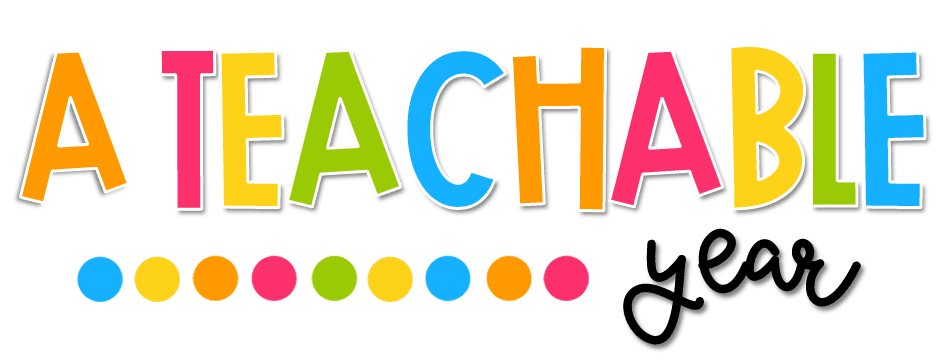Chinese New Year, also known as the Spring Festival, presents ESL teachers with a vibrant opportunity to engage students in a lesson that celebrates rich traditions, cultural heritage, and fosters language skills. This commemoration invites exploration of customs, festivities, and the significance of this auspicious celebration.
Understanding Chinese New Year
Chinese New Year marks the beginning of the lunar new year and is a time of family reunions, feasting, and honoring traditions that date back centuries. It's celebrated in various Asian communities worldwide with vibrant colors, elaborate decorations, and symbolic rituals.
Language Skills and Activities
Vocabulary Enrichment:
Introduce Chinese New Year-related vocabulary such as reunion, prosperity, blessings, tradition, zodiac animals, and terms specific to festive customs. Use visuals, stories, or discussions about the festival to reinforce these vocabulary terms.
Reading and Comprehension:
Select stories, legends, or articles about the traditions and customs of Chinese New Year. Conduct reading sessions followed by discussions or comprehension tasks exploring the significance of various practices.
Writing Tasks:
Encourage students to write essays discussing the importance of family reunions, poems celebrating the spirit of the festival, or narratives depicting their own cultural celebrations. This exercise nurtures language skills while encouraging cultural exploration.
Chinese New Year Activities and Celebrations
Symbolism and Traditions:
Discuss the significance of red decorations, lion and dragon dances, firecrackers, and traditional foods like dumplings and fish during Chinese New Year celebrations.
Cultural Performances:
Explore traditional Chinese performances, music, or dances often showcased during the festive period, showcasing the rich cultural heritage.
Interactive Activities
Crafts and Artwork:
Engage students in creating traditional Chinese crafts or artwork such as paper lanterns, paper cutting, or calligraphy, fostering creativity and appreciation for Chinese art forms.
Role-Play or Skits:
Organize role-play activities where students act out scenes depicting Chinese New Year traditions or folktales, promoting cultural immersion and understanding.
Reflective Discussions
Cultural Significance:
Initiate discussions on the importance of family, the symbolism of traditions, and the values embedded in Chinese New Year celebrations.
Global Connections:
Encourage conversations about how different cultures around the world celebrate the arrival of a new year, fostering an understanding of diverse cultural practices.
Teaching about Chinese New Year in ESL classes offers a colorful journey into culture, tradition, and the spirit of celebration. By integrating language exercises, discussions on traditions, interactive activities, and reflective conversations, educators create an engaging lesson that not only enhances language skills but also fosters a deeper appreciation for the rich tapestry of Chinese culture and traditions.








No comments
Post a Comment
Thanks for your comment!